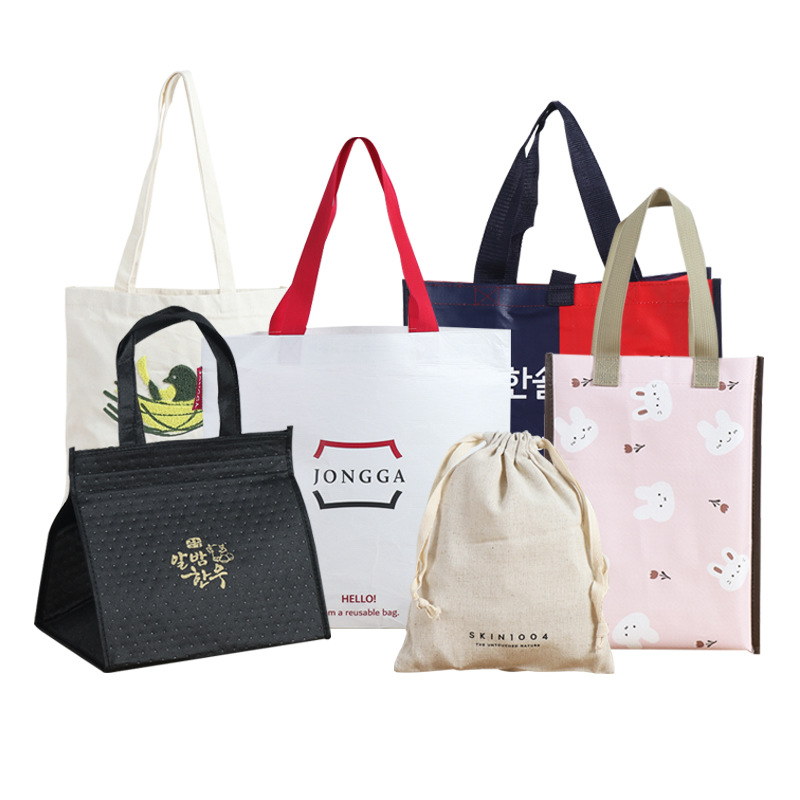Cooler bags, also known as insulated bags or ice packs, work based on the principles of thermal insulation and the transfer of heat. Here’s how they keep things cold:
- Insulation: Cooler bags are typically made with materials that have low thermal conductivity, meaning they don’t allow heat to pass through easily. Common insulation materials include foam, polyester, or other synthetic materials. These materials create a barrier that slows down the transfer of heat from the outside environment to the inside of the bag.
- Reflective Liners: Many cooler bags have reflective liners, often made of aluminum foil or other reflective materials. These liners help to bounce radiant heat away from the contents of the bag, further reducing heat transfer.
- Ice Packs or Ice: Cooler bags are usually used with ice packs or ice to keep the contents cold. When ice melts, it absorbs heat from its surroundings, including the air inside the cooler bag. This process helps to maintain a lower temperature inside the bag.
- Sealing: Proper sealing of the cooler bag is important to prevent warm air from entering and cold air from escaping. Many cooler bags have zipper closures, velcro flaps, or other sealing mechanisms to maintain a tight seal.
- Thermal Mass: The more cold items you have inside the cooler bag, the longer it will stay cold. This is because the cold items act as thermal mass, helping to absorb heat and maintain a lower temperature.
By combining these elements, cooler bags can effectively keep items cold for extended periods, making them ideal for picnics, camping trips, beach outings, and other outdoor activities.








